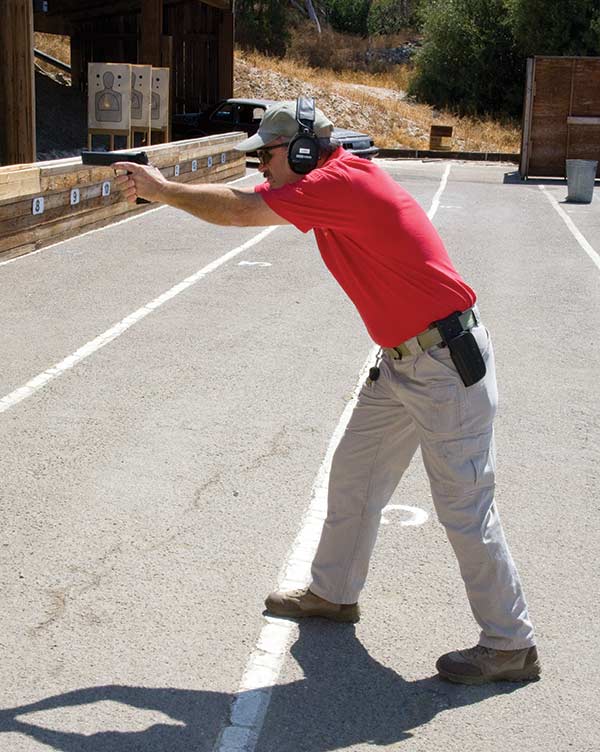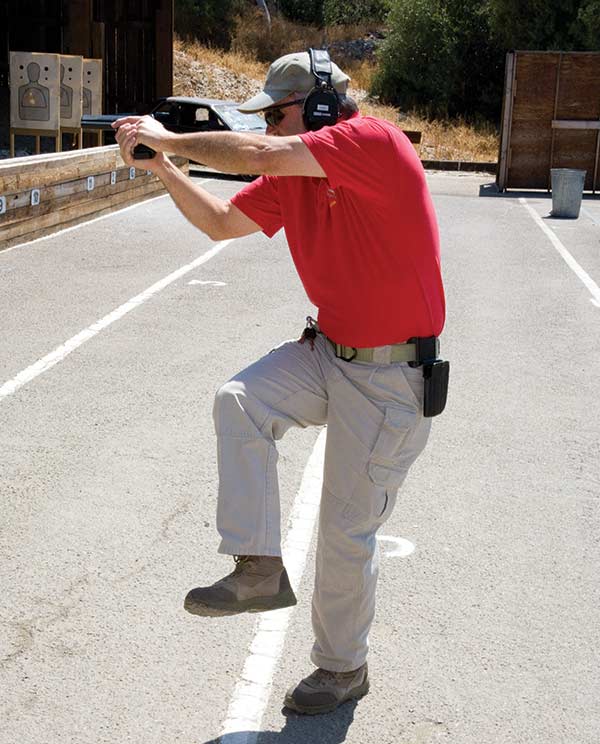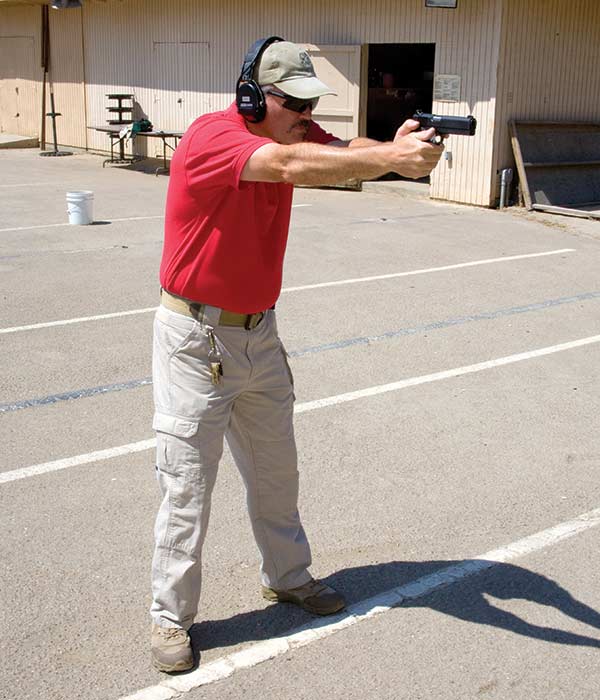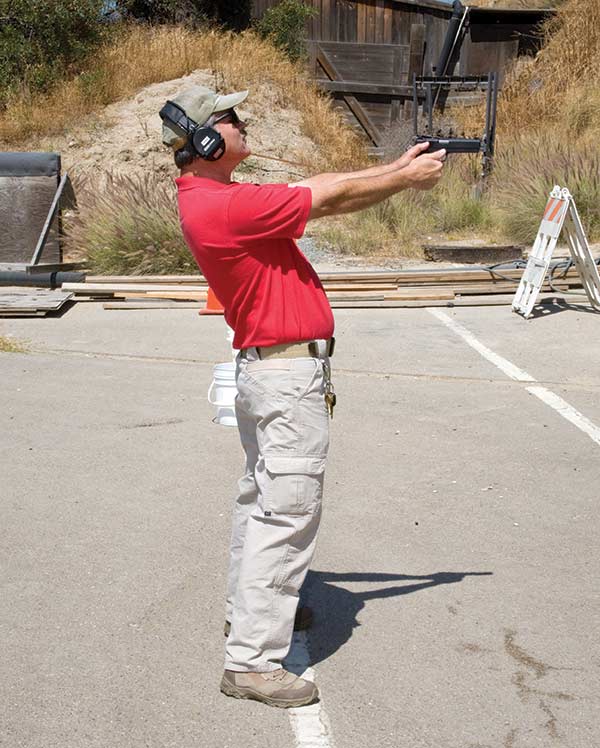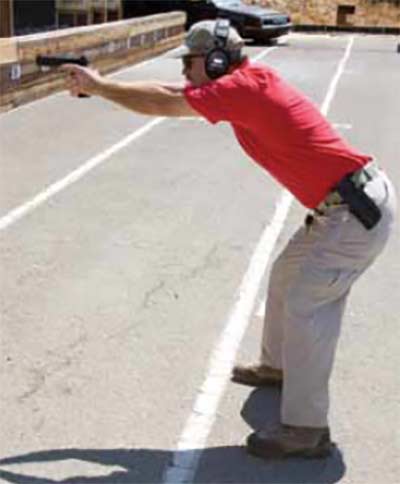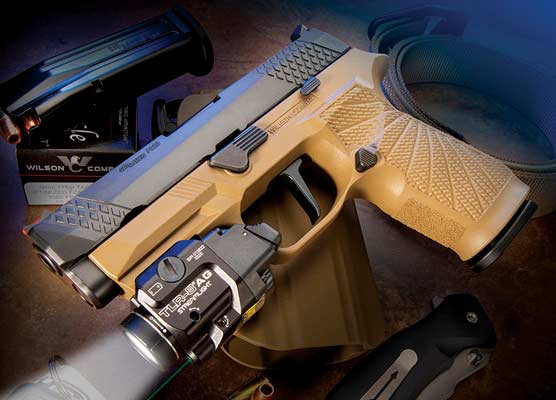Stance Nonsense
We Don’t Shoot With Our Feet
“Clang, clang, clang!” The sound of bullets striking steel echoed across the range as the shooter moved down the line engaging metal silhouettes.
“Stop, hold on a second,” the Head Instructor called out as he approached the shooter and his line coach.
“His feet aren’t right,” our Headmaster complained, pointing out the shooter’s right foot was angled and not pointing directly toward the target. I was a few yards away and could only roll my eyes behind my tinted shooting glasses.
This isn’t the first time I’ve seen or heard of a similar situation. I’ve got to ask what should be a rhetorical question. Are we (instructors and trainers) concerned about how the shooters feet are planted, or are we concerned about putting rounds accurately on target?
Shooting stances have become a pseudo-religion with some instructors. It’s almost as if they believe that unless your feet are placed in the prescribed way on the ground, your front sight and trigger press are irrelevant. Don’t get me wrong, I understand perfectly well for Olympic-quality, precision marksmanship stance is an important part of the equation. But also understand, in our case, we’re talking about rapidly putting rounds into a humanoid target — to save our life or someone else’s life.
History
Combat shooting, for lack of a more appropriate term, has evolved dramatically over the last century. A good deal of study has gone into it. We’ve all seen the old black and white photos showing the Fairbairn/Applegate combat crouch. Later we had the “Highway Patrol” style Isosceles, often including the “teacup” or “cup and saucer” hold.
The point shooting/crouch stance and the teacup stance both held on for quite a long time until a few guys in Big Bear, Calif., started the practical shooting revolution in the late 50s.
Jack Weaver developed his name-brand stance to give himself the edge in practical pistol shooting competitions. Most shooters were using the combat crouch or “point shooting” and Mr. Weaver whipped most every one of them. Col. Jeff Cooper proclaimed the Weaver Stance as “the way” to shoot a pistol and taught it vehemently at his Gunsite Academy.
Innumerable shooting schools, police academies and even the FBI adopted the Weaver Stance as the one and only way to train shooters to fire a handgun. When you were standing flatfooted, facing your target and waiting for a signal to draw and fire, Weaver kicked ass — there’s no denying. I learned to shoot a combat handgun in 1986 and it was the stance I was taught. Since then, I exercised a wonderful thing called analytical thinking. Come along with me on this inspiring journey.
The Issue
My problem with the modern shooting instruction world is we’ve allowed stance, or more specifically how we place our feet, to overshadow what’s really important — putting rounds on target rapidly.
I believe the loosely connected Brotherhood of Shooting Instructors will agree placing the front sight on target and pressing the trigger smoothly and deliberately is the key to accurate and rapid shooting. So where does all this stance nonsense come from? Why are we willing to scold a shooter that’s hitting the target consistently because his feet aren’t placed just so?
It could be that too many of us live and train in the “square range world.” We train ourselves and our shooters to succeed on the square range — a static place with no obstacles, barriers and most importantly, a place where no one is trying to shoot us.
The same folks who would agree with the importance of front sight and trigger press also confess movement and seeking cover are two very important factors in surviving a hostile assault.
Riddle me this Batman. What happens to your feet when you are moving, getting off the “X” and seeking cover? Where are your feet when you are returning fire from behind whatever cover you’ve found? “Holy Leather Slap Batman!” Your picture-perfect shooting stance is gone, but by some miracle you’re still able to put bullets into bad guys.
The Markel Stance
What stance do I advocate? The Markel Stance. It’s the stance that keeps me — Paul Markel — standing up right, facing in the general direction of my target, and allows me the freedom to move in any direction to evade incoming projectiles. Before you pull out your daggers and deluge my poor editor with poisoned pen letters, let me explain.
Regardless of your favorite stance, there are some basic fundamentals. Balance is probably the biggest one. Place your feet so your body is balanced and you aren’t putting an inordinate amount of weight forward, backward, to one side or to the other. Your platform needs to be stable enough to allow you to absorb the mild inertia modern combat pistols generate without falling over. And your feet should be set to allow movement in any direction — because you don’t know what direction you might have to move.
My friends, that’s pretty much it. Notice I did not get into 45 degree or 90 degree angles. I didn’t specify 71.2 percent of your body weight should be on the rear foot with the remaining 28.8 percent on the forward foot. This is what I tell my students in regard to stance. Face the target like you are going to punch it in the face. Now, instead of punching it, shoot it.
HDPMDHPSD Stance
People still get all bunged up and wrapped around the axle. They have this need to put a label on it. “Is that a Weaver stance, Modified-Weaver or Modified-Isosceles?” As long as you’re facing your target, your body’s balanced and stable, and you can move freely, call it anything you like. Hell, name it after yourself; you practice the “Smith Stance,” the “Douglas Stance” or the “Johan Sebastian Bach Stance.”
Who cares what it’s called if it works? Call your stance the Crouching Hidden Drunken Praying Mantis of Doom and Harbinger of Painfully Slow Death Stance, or HDPMDHPSD Stance for short. As long as your rounds all go into the target I’m right there with you.
The next time you’re at a range or shooting school and the instructor implores you to place your rear foot at a 45 degree angle with approximately 65 percent of your body weight on it, you might — ever so quietly and with the utmost respect — inquire as to whether we shoot with our hands or our feet?
Subscribe To American Handgunner

Get More Personal Defense Tips!
Sign up for the Personal Defense newsletter here:

